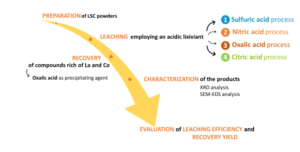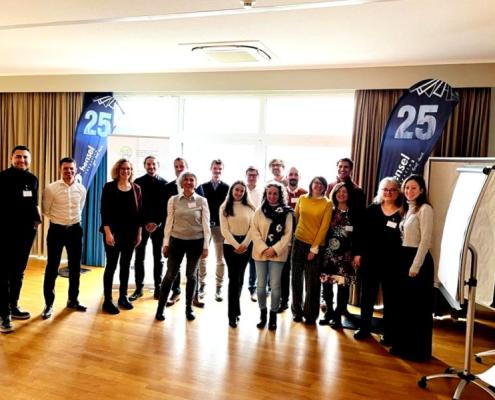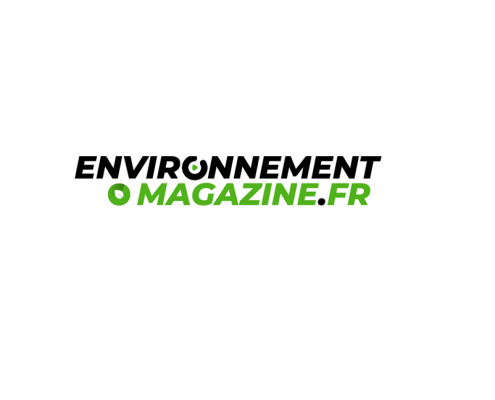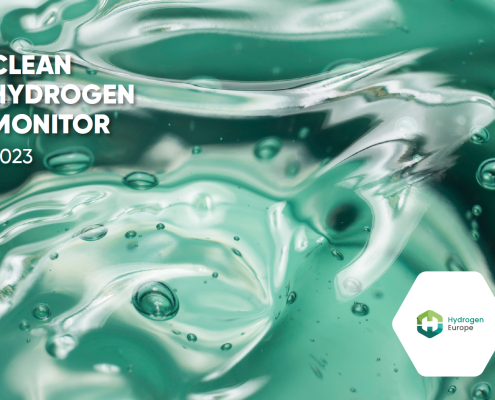La and Co recovery in SOFC: focus on novel technologies
Exploring novel technologies for the material recovery and recycling from EoL solide oxide fuel cells
Exploring novel technologies for the material recovery and recycling from EoL solide oxide fuel cells
Exploring novel technologies for the material recovery and recycling from EoL solide oxide fuel cells
Interview with Silvia Fiore, Associate Professor Department of Environment, Land and Infrastructure Engineering (DIATI), Politecnico di Torino.
With your team you are performing the analysis of novel technologies for La and Co recovery in SOFC. What was the approach chosen to select and perform these technologies? what are the technologies finally selected and why?
From our side, as we are focusing on the novel technologies’ studies, the approach chosen required a scientific literature review to explore the actual perspectives for the leaching of La and Co from waste material. This was a first step needed to understand the technologies where focus our efforts. The analysis led us to identify four hydrometallurgical routes, based on sulfuric, nitric, citric and oxalic acids: the processes that employed inorganic acids (i.e., sulfuric, and nitric) applied a traditional approach to the hydrometallurgical recovery of valuable metals, but the organic lixiviants (i.e., oxalic, and citric acids) were also investigated since more innovative and compliant with the Green Chemistry principles. After the leaching tests, the recovery of La and Co was then performed adding oxalic acid as precipitating agent. The experiments showed better results in the nitric acid process, a technology able to reach a recovery efficiency of 100% La, 87% Co and also a 60% of Sr, event if not considered as target material in our research.

Overview of the approach used for the novel recovery and recycling technologies analysis
How do the results of your research influence the recycling of the LSC components of SOFC?
Well, it is early to say at this stage of the analysis. The recovery process’s identification and optimisation step at lab-scale can be considered concluded. We have performed some preliminary tests for LSC perovskite synthesis. Different methos were investigated as in the previous step, identifying the method based on solid-state reaction as the most promising one. We are now continuing with other steps, and we will have results to share soon about the synthesis of LSC perovskite based on recycled materials, thanks to the strong cooperation with Elcogen.
How the results achieved until now could contribute to the recovery and recycling research in fuel cells?
Considering that both La and Co were included in the list of Critical Raw Materials (CRMs) in 2020, their recovery in the form of precursors for the synthesis of new materials would be extremely interesting in the perspective of both open-loop and closed-loop recycling (European Commission, 2020). What is more, the development of an efficient and sustainable process for the management of waste SOCs would support the large-scale employment of FCs as alternatives to combustion technologies to produce electricity and ECs for massive hydrogen production and Power-to-X.
 https://best4hy-project.eu/wp-content/uploads/2023/12/FINAL-EVENT-PIC.png
600
800
monica
https://best4hy-project.eu/wp-content/uploads/2021/04/LOGO.png
monica2023-12-20 12:59:552023-12-20 13:06:58BEST4Hy Closes the loop: final event and achievements on the End-of-life hydrogen fuel cells recycling project
https://best4hy-project.eu/wp-content/uploads/2023/12/FINAL-EVENT-PIC.png
600
800
monica
https://best4hy-project.eu/wp-content/uploads/2021/04/LOGO.png
monica2023-12-20 12:59:552023-12-20 13:06:58BEST4Hy Closes the loop: final event and achievements on the End-of-life hydrogen fuel cells recycling project https://best4hy-project.eu/wp-content/uploads/2023/12/mat-1.png
648
1152
monica
https://best4hy-project.eu/wp-content/uploads/2021/04/LOGO.png
monica2023-12-07 17:44:232023-12-07 17:54:32BEST4Hy in Mat Environnement Magazine
https://best4hy-project.eu/wp-content/uploads/2023/12/mat-1.png
648
1152
monica
https://best4hy-project.eu/wp-content/uploads/2021/04/LOGO.png
monica2023-12-07 17:44:232023-12-07 17:54:32BEST4Hy in Mat Environnement Magazine https://best4hy-project.eu/wp-content/uploads/2023/11/CleanH2Monitoring.png
993
1401
monica
https://best4hy-project.eu/wp-content/uploads/2021/04/LOGO.png
monica2023-11-22 14:57:182023-11-22 14:58:02Clean H2 Monitor 2023
https://best4hy-project.eu/wp-content/uploads/2023/11/CleanH2Monitoring.png
993
1401
monica
https://best4hy-project.eu/wp-content/uploads/2021/04/LOGO.png
monica2023-11-22 14:57:182023-11-22 14:58:02Clean H2 Monitor 2023

This project has received funding from the Fuel Cells and Hydrogen 2 Joint Undertaking (now Clean Hydrogen Partnership) under Grant Agreement No 101007216. This Joint Undertaking receives support from the European Union’s Horizon 2020 Research and Innovation program, Hydrogen Europe and Hydrogen Europe Research.
© 2022 All rights reserved. PI 07154400019 Privacy and Cookie Policy

 RH2EC-2023: we were there!
RH2EC-2023: we were there!